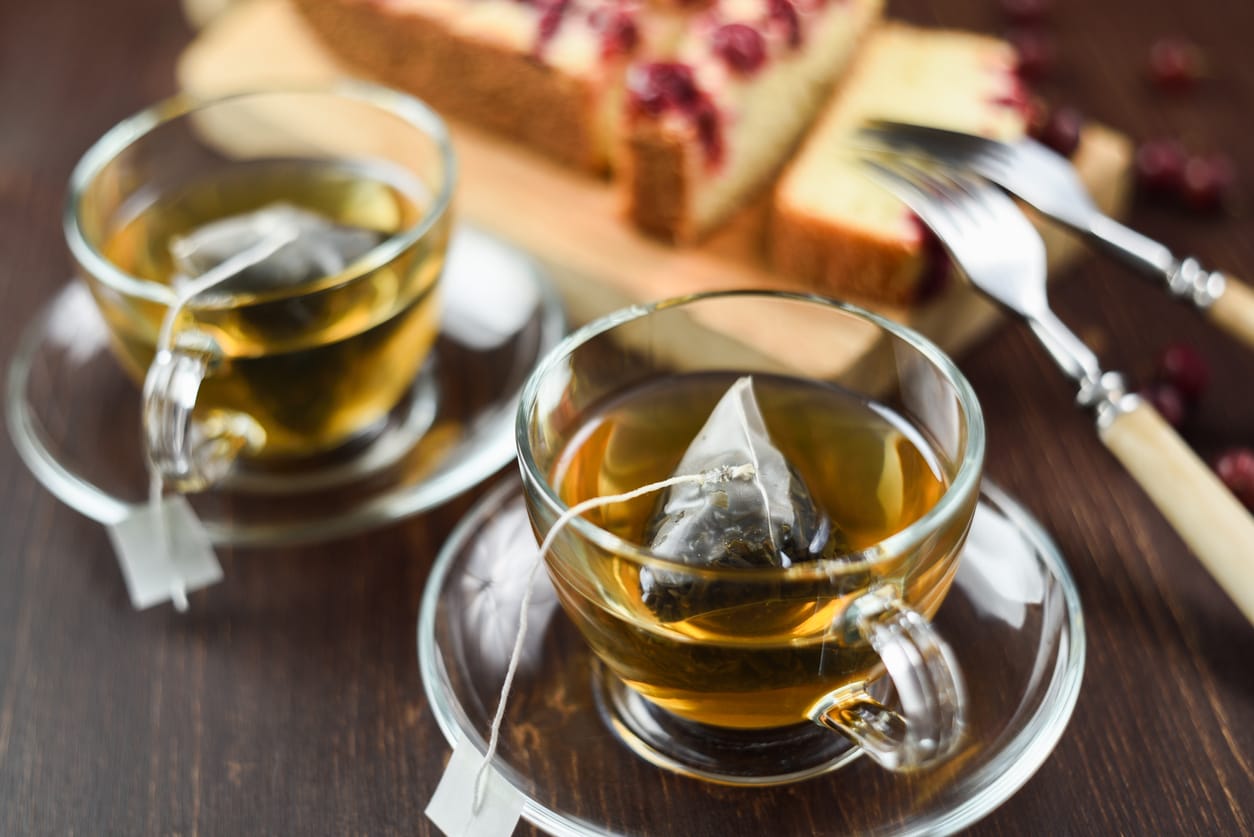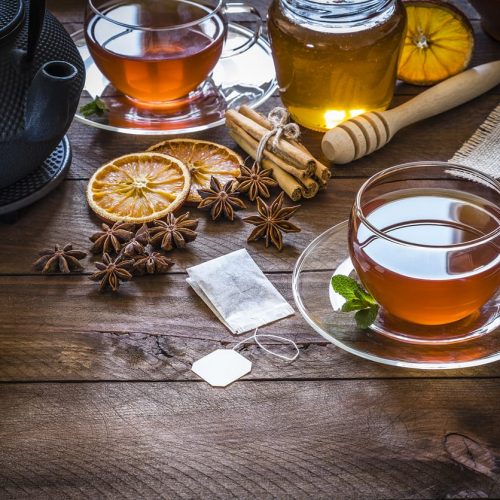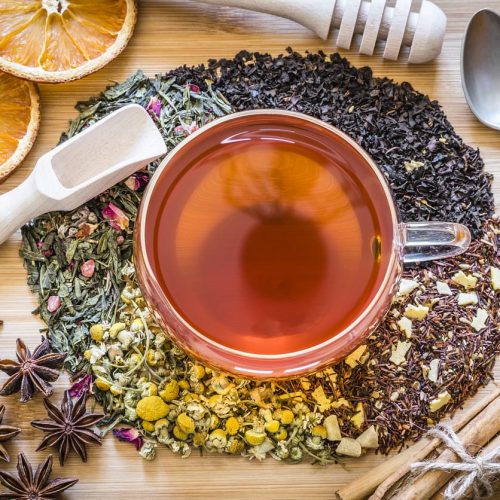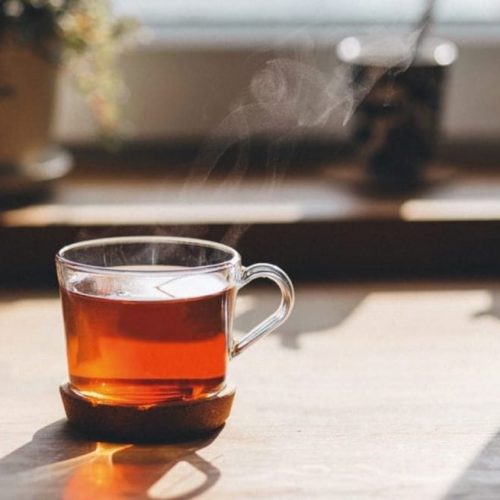In America, tea consumption in all categories is rising- especially in the area of green teas and specialty teas. There are literally thousands of different teas available, and the more you learn about them, the more you realize how much more there is to know! The following is a summary of useful tea info that we have prepared to help you learn about the complexities of this amazing beverage.
Where does tea come from? All tea comes from the Camellia Sinensis bush, known as the Tea Plant. The leaves and buds of the tea plants are plucked several times per year, usually by hand. The different pickings are referred to as “flushes”, so you will notice that some teas are sold as “second flush” etc. to indicate when they were picked. The different flushes will have different flavor characteristics. Once picked, the tea can be processed into black tea, oolong tea, green tea or white tea.





